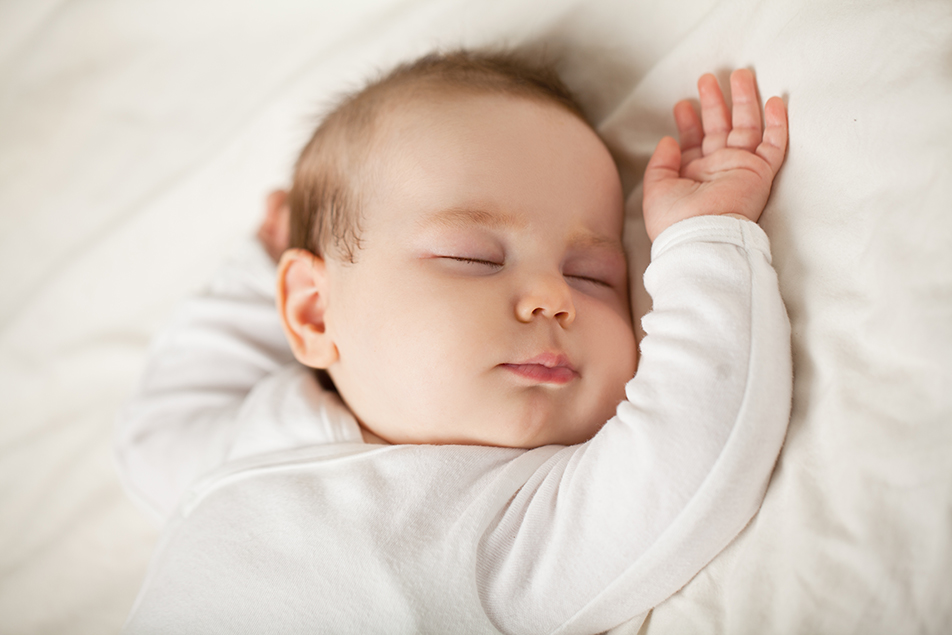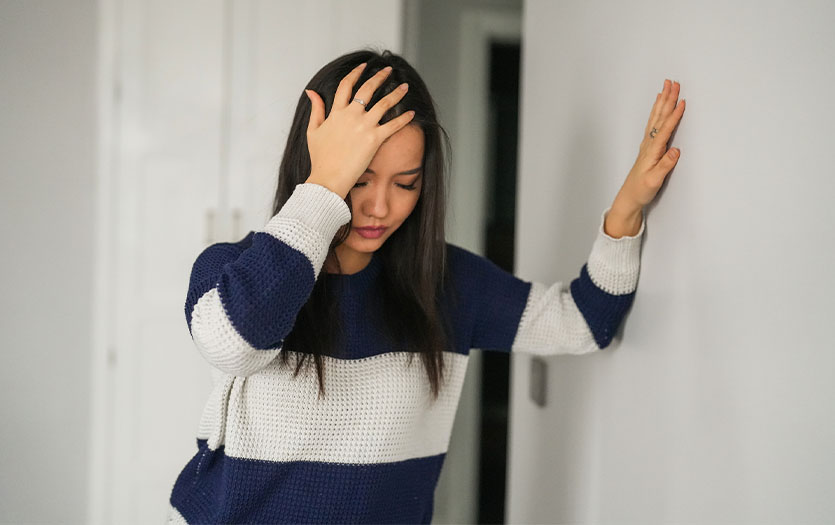
This post was written by Erin Norton, RN, BSN, MBA, director of Community Outreach, Parkview Women’s & Children’s Hospital.
New parents focus much of their energy on ensuring that their precious babies are safe, comfortable and secure. This includes learning about and following safe sleep guidelines. The basics of safe sleep are called the ABCs – babies should always sleep Alone, on their Backs and in a Crib. The ABCs are a great place to start, but caregivers often have additional questions or want to better understand why the guidelines are in place. Below, we’ve answered some frequently asked questions to help new parents.
Q: The mattress pad in our Pack ‘N Play feels hard. What can I do to make it more comfortable for my baby?
A: Crib and Pack ‘N Play mattresses are intentionally firm for your baby’s safety. They should only be covered with a snug fitted sheet. Any additional pillows, blankets or cushions could pose a threat. Soft surfaces contribute to rebreathing. This means that as baby becomes contoured in or too close to soft bedding, they breathe back in their own exhaled breath, which has higher carbon dioxide levels than fresh air. Soft surfaces also pose a risk for suffocation. Adults can easily move their heads and adjust for this, but babies cannot. A firm surface might not be comfortable for an adult, but it is perfectly comfortable – and safe – for baby.
Q: I see so many advertisements for cute cribs decorated with stuffed animals, blankets and bumper pads. Why can’t I make the crib look cute?
A: Here’s the good news: There is absolutely nothing you could put in a crib that is going to be cuter than your sweet baby! Stuffed animals, blankets and bumper pads could all contribute to suffocation. The only things that should go in the crib are a fitted sheet, a pacifier with no attachments or strings, and your baby. Remember that the purpose of advertisements is to convince you to buy stuff, even stuff you don’t need. If decorating is important to you, items can be displayed on top of a dresser or otherwise out of baby’s physical space.
Q: Won’t my baby get cold without blankets?
A: Blankets are no longer recommended due to the suffocation risk if they were to move up near baby’s face. Instead, your baby can wear a one-piece sleeper or a sleep sack, also called a wearable blanket. Interestingly, overheating is a much more common problem. Set your thermostat to a temperature comfortable for adults and dress baby only as warmly as you would be comfortable.
Q: If my baby falls asleep in her/his car seat can I leave her/him there until she/he wakes up?
A: Car seats are the safest place for a baby to be while he or she is in a car. They are not a safe place for baby to sleep in other situations. Some products like swings, strollers or car seats (outside of a car) seem like they should be OK, but data shows us that this is not the case. If a baby falls asleep in one of these places, they should be taken out and repositioned to a crib or Pack ‘N Play. Adult beds, couches, recliner chairs and propped up with nursing pillows are never safe places for baby to sleep due to the soft materials and the potential for wedging.
Q: It feels like the rules are about what not to do. Is there anything I can proactively do to reduce my baby’s risk for Sudden Unexplained Infant Death?
A: Yes! There are several things you can do to reduce your baby’s risk! Breastfeeding is a great option which has many health benefits for both mom and baby, one of which is making sleep safer. Any amount of breastmilk your baby receives is beneficial. You can also insist that your baby always be in smoke-free environments. Advocate for your baby to always breathe fresh air.
Q: OK, I think I understand the information. I’m ready to go, right?
A: Not so fast! It’s important for a baby’s primary caregiver to practice safe sleep, but it is just as important that all other caregivers do, too. This includes grandparents, childcare providers, friends, family – anyone and everyone who cares for baby.
If you have additional questions about safe sleep, Parkview Community Nursing offers Safe Sleep education, free of charge.



